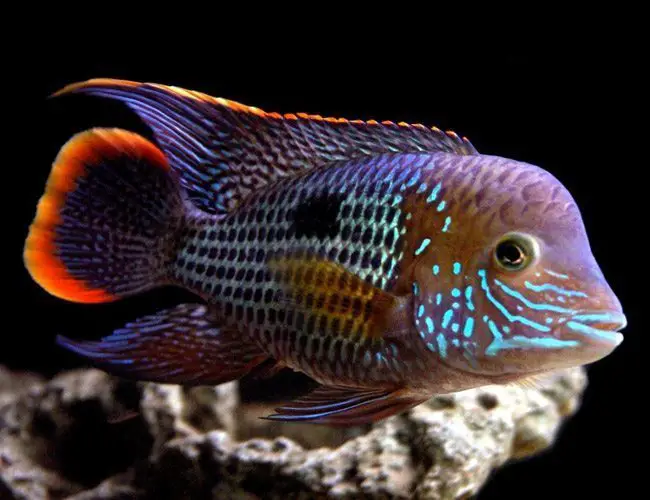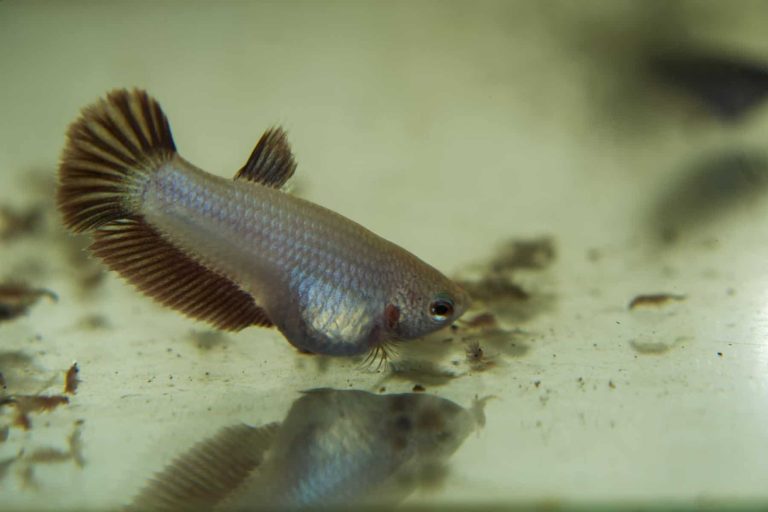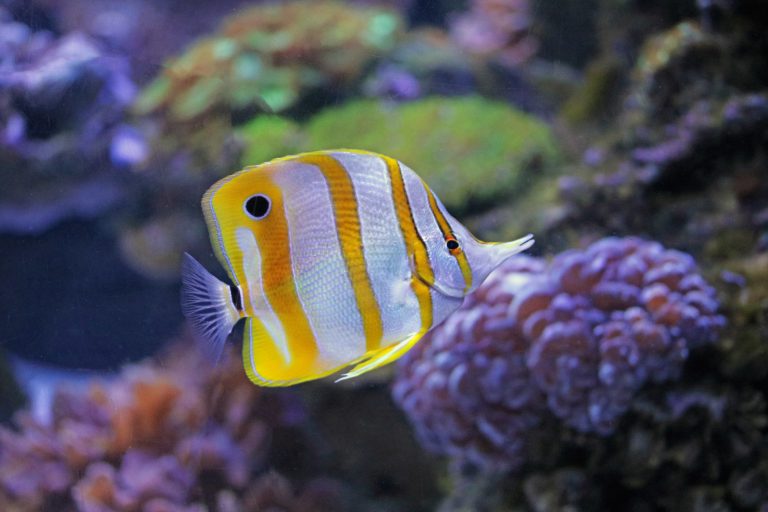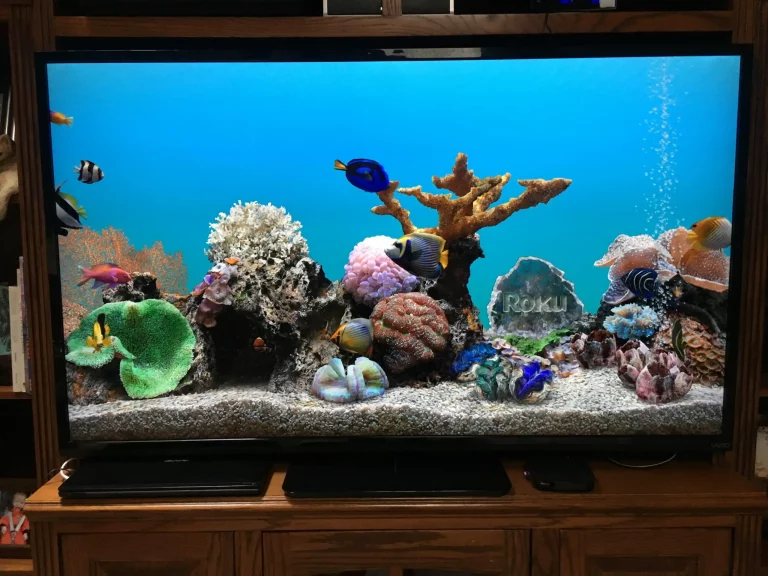Pink Slime In Fish Tank
Engaging Long-Form Article: Pink Slime in Fish Tank – What You Need to Know
What is pink slime in a fish tank?
Pink slime in a fish tank is a phenomenon that often occurs in aquariums, both freshwater and saltwater. It refers to a layer of slimy, pinkish substance that can develop on various surfaces within the tank, such as the glass walls, decorations, and even the gravel or substrate.
Why does pink slime form in fish tanks?
Pink slime, also known as pink algae or pink bacterial film, is primarily caused by an overgrowth of bacteria known as Serratia marcescens. This bacterium thrives in warm, stagnant water conditions, which are often present in poorly maintained aquariums. Pink slime can also arise due to excessive organic waste, such as uneaten food or decaying plants, which provide the ideal environment for bacterial growth.
Effects of pink slime on fish and aquarium ecosystem
While pink slime is unsightly and may give the impression of an unclean tank, it generally poses no direct harm to the fish or other inhabitants of the aquarium. However, if left unchecked, the slime can block light from reaching photosynthetic organisms like plants and corals, hampering their growth. Additionally, pink slime can indicate imbalances in the tank’s water chemistry, including high levels of organic waste, which can have detrimental effects on the overall health of the aquarium ecosystem.
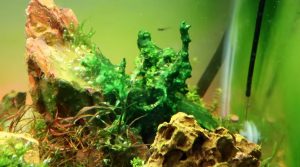
Preventing and removing pink slime in fish tanks
Maintain proper aquarium hygiene
Regular tank maintenance is crucial for preventing the formation of pink slime. This includes:
1. Performing regular water changes to remove excess nutrients and organic waste.
2. Vacuuming the substrate to remove accumulated debris.
3. Cleaning the tank walls and decorations using an aquarium-safe algae scraper or brush.
Optimize water conditions
Keeping the water parameters within the recommended ranges for your specific type of aquarium can help deter the growth of pink slime. Some key factors to consider include:
1. Checking and adjusting pH levels to ensure they are suitable for your fish and plants.
2. Maintaining proper water temperature and circulation.
3. Monitoring and controlling nitrate and phosphate levels, as excessive amounts can fuel bacterial growth.
Reduce organic waste
Minimizing the amount of organic waste in your fish tank is crucial for preventing pink slime. Here’s what you can do:
1. Feed your fish an appropriate amount of food, ensuring they consume it all within a few minutes.
2. Remove any uneaten food promptly to avoid it decomposing in the tank.
3. Regularly trim and remove dead or decaying plant matter.
Introduce algae-eating organisms
Adding certain species of algae-eating organisms to your aquarium can help control pink slime. For example:
1. Algae-eating fish, such as Siamese algae eaters or certain species of plecos, can help keep algae growth in check.
2. Snails and shrimp, like nerite snails or amano shrimp, are excellent natural algae grazers.
Use UV sterilizers or algae inhibitors
UV sterilizers are devices that use ultraviolet light to kill bacteria and algae in the water, including the ones responsible for pink slime. Additionally, there are commercial products available that act as algae inhibitors, preventing the growth of pink slime and other types of algae.
Frequently Asked Questions
1. Is pink slime harmful to humans?
No, pink slime in a fish tank is not harmful to humans. It is a specific bacterial strain that affects aquariums and has no direct health implications for humans.
2. Can pink slime kill fish?
While pink slime itself is not typically lethal to fish, it can be an indicator of poor water quality. High levels of organic waste and stagnant water conditions can harm fish and other inhabitants of the aquarium.
3. How long does it take to get rid of pink slime?
The time required to eliminate pink slime depends on various factors, including the severity of the infestation and the steps taken to address the underlying issues. With diligent tank maintenance and the implementation of preventive measures, you can expect to see improvements within a couple of weeks.
Final Thoughts
Pink slime in a fish tank may be a common occurrence, but it can be managed and prevented with the right approach to aquarium care. By maintaining proper hygiene, optimizing water conditions, and minimizing organic waste, you can keep your aquarium free from this unsightly slime. Regular monitoring and prompt action will help ensure a healthy and thriving environment for your aquatic pets and plants.

